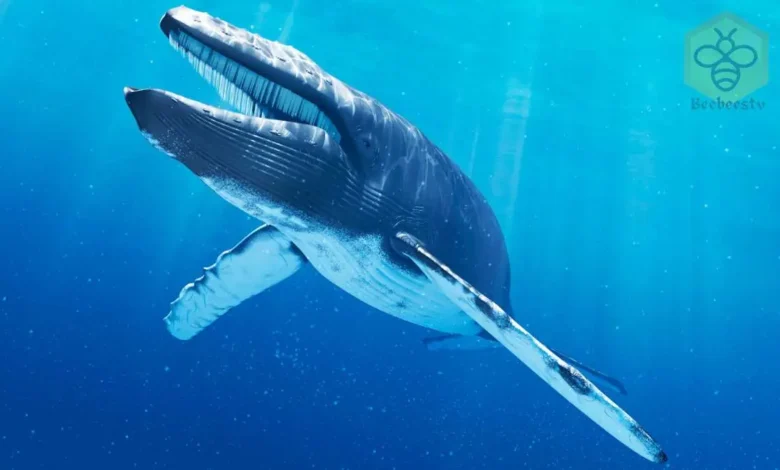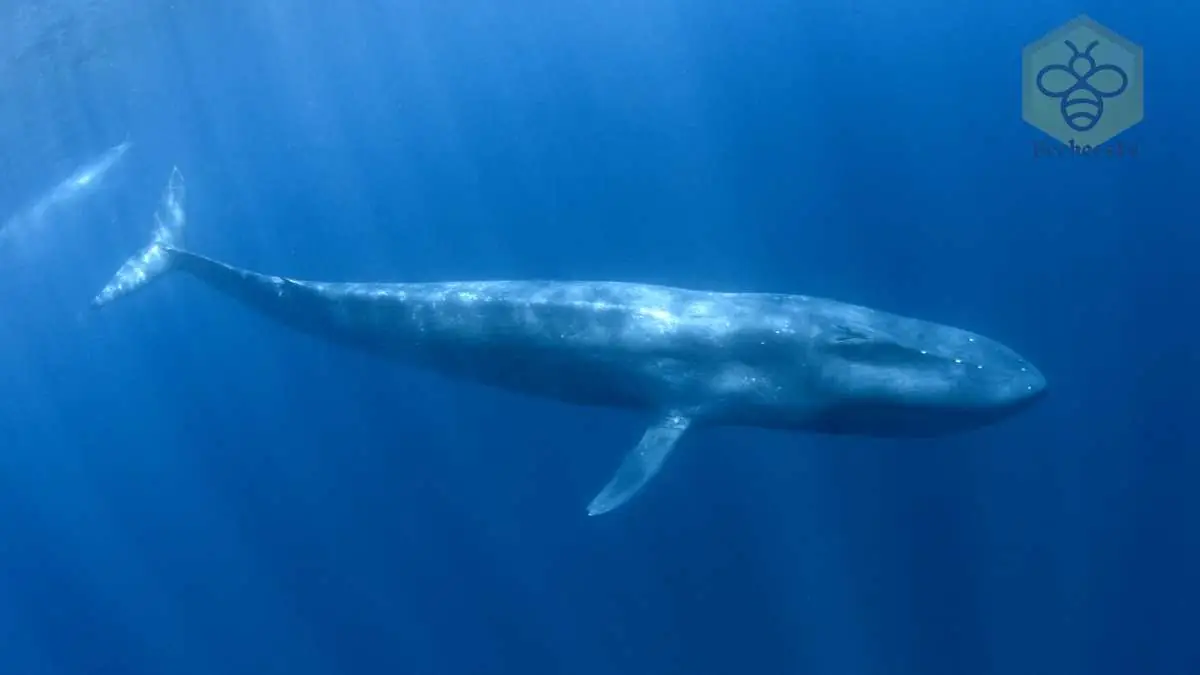Blue Whale: The Largest Animal on Earth

Blue Whale: The Largest Animal on Earth
Blue Whale
Introduction
The Blue Whale (Balaenoptera musculus) is the largest animal ever living on Earth, surpassing even the largest dinosaurs. These majestic marine mammals roam the world’s oceans, vital in maintaining marine ecosystems. Despite their massive size, they are gentle giants, feeding on tiny krill.
Scientific Overview
Scientific Name
Balaenoptera musculus
Common Name
Blue Whale
Scientific Classification
| Kingdom | Animalia |
| Phylum | Chordata |
| Class | Mammalia |
| Order | Cetacea |
| Suborder | Mysticeti |
| Family | Balaenopteridae |
| Genus | Balaenoptera |
| Species | B. musculus |
Types
There are several recognized subspecies:
- Northern Blue Whale (B. m. musculus) – Found in the North Atlantic and North Pacific.
- Antarctic Blue Whale (B. m. intermedia) – The largest subspecies, found in the Southern Ocean.
- Pygmy Blue Whale (B. m. brevicauda) – Smaller in size, primarily found in the Indian Ocean and South Pacific.
- Chilean Blue Whale (B. m. indica) – Found in the southeastern Pacific Ocean.
Habitat and Distribution
Blue Whales are found in all the world’s oceans except the Arctic. They migrate between feeding grounds in polar waters and breeding areas in warmer, tropical regions. They prefer deep ocean waters, where food sources are abundant.
Physical Characteristics
Size and Weight
Blue Whales are the largest animals on Earth, with enormous body proportions:
- Length: 80-100 feet (24-30 meters), with some individuals exceeding 100 feet.
- Weight: 100-200 tons, with the heaviest recorded at 199 tons.
Appearance
- Body: Streamlined and long, with a bluish-gray mottled coloration.
- Head: Flat and U-shaped, with a prominent ridge running from the blowhole to the upper lip.
- Blowhole: Produces a distinctive, powerful spout reaching up to 30 feet in the air.
- Flippers: Relatively short compared to their body size.
- Baleen Plates: Instead of teeth, Blue Whales have baleen plates to filter food from water.
Diet and Feeding Habits
Despite their massive size, Blue Whales feed almost exclusively on krill, tiny shrimp-like creatures.
- Feeding method: Filter feeding using baleen plates.
- Daily intake: A single whale can consume up to 4 tons of krill per day.
- Hunting technique: Lunge feeding – they swim through dense krill swarms with their mouths wide open, trapping prey.
Predators and Threats
They have no natural predators due to their immense size, but young calves can sometimes be attacked by large shark species and orcas (killer whales). The biggest threats they face come from human activities, including:
- Ship strikes – Collisions with large vessels cause fatal injuries.
- Climate change – affects krill populations, impacting the whale’s food supply.
- Noise pollution – Disrupts communication and navigation.
- Ocean pollution – Chemical pollutants and plastic waste harm marine life.

Reproduction, Babies, and Lifespan
- Gestation period: About 11-12 months.
- Calves: At birth, Blue Whale calves are the largest babies in the animal kingdom, weighing around 6,000-8,000 pounds (2,700-3,600 kg) and measuring about 25 feet (7.6 meters) long.
- Nursing: Calves consume around 100 gallons (380 liters) of milk daily and grow rapidly.
- Lifespan: Typically 70-90 years, with some individuals reaching over 100 years.
Population and Conservation Status
Once abundant, Blue Whale populations drastically declined due to commercial whaling in the 19th and 20th centuries. Though hunting is now banned, their numbers are still recovering.
- Estimated population: 10,000 to 25,000 individuals worldwide.
- Conservation status: Endangered (IUCN Red List).
- Conservation efforts: Protected under international agreements such as the Marine Mammal Protection Act and the International Whaling Commission’s moratorium on whaling.
Behavior and Lifestyle
They are generally solitary or found in small groups. Their behavior includes:
- Migratory patterns: They travel thousands of miles annually between feeding and breeding grounds.
- Vocalizations: They produce low-frequency sounds that can travel vast distances underwater, helping them communicate and navigate.
- Diving abilities: They can dive for up to 30 minutes, reaching depths of 1,640 feet (500 meters).
Ecological Role
Blue Whales play a crucial role in maintaining marine ecosystems. Their feeding activity helps regulate krill populations, and their fecal matter provides essential nutrients that support plankton growth, forming the base of the oceanic food chain.
FAQs About Blue Whales
1. How loud are Blue Whales?
They are among the loudest animals on Earth, producing sounds up to 188 decibels, louder than a jet engine!
2. How fast can they swim?
They can reach speeds of up to 20 mph (32 km/h) when alarmed, but they usually cruise at 5-10 mph.
3. How much water can it hold in its mouth?
A Blue Whale’s mouth can hold up to 100 tons of water at a time during feeding.
4. Why are Blue Whales important to the environment?
Their feeding and waste recycling help regulate ocean ecosystems, supporting marine biodiversity.
5. Can they breathe underwater?
No, like all mammals, they must surface to breathe through their blowholes.
Conclusion
The Blue Whale is a true marvel of the natural world, showcasing nature’s grand scale and intricate balance. Despite past hunting pressures and ongoing environmental threats, conservation efforts are helping protect these magnificent creatures.


